The SPARKL Virtual Factory
by Emily Hier
The Industrial Internet of Things (IoT) is fast becoming a reality in factories around the world. After years of workshops, conferences and debates, we now have a much keener sense of how to go about building an industrial IoT ecosystem.
For some, it’s more a case of selling the unseen. We’re talking about hundreds of applications, devices and things that can be combined together in thousands of ways - but what does that look like physically?
For example, when SPARKL was invited to showcase at the Digital Catapult in spring 2015. To prepare, the team spent a couple of days putting together an IoT demo that demonstrates SPARKL’s capability in making things work together.
For the demo, we connected a Minion robot toy to Slack, the team collaboration app — so whenever the Minion moved, its movements would be logged in Slack, like a report. Just like SPARKL’s Audit Trail.
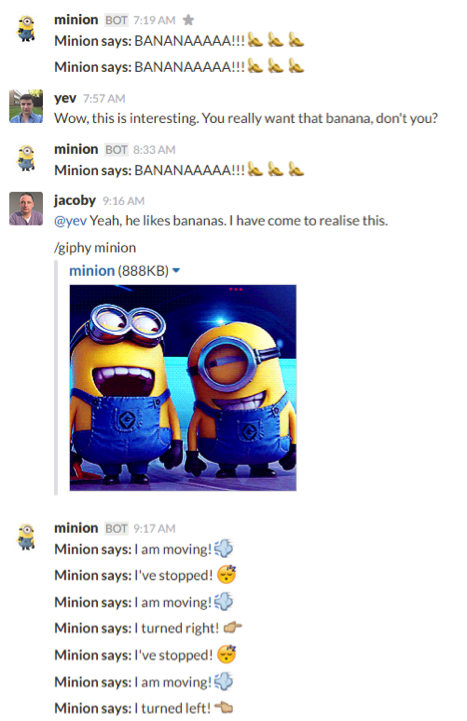
In an enterprise IoT environment, however, it’s a bit different. To explain SPARKL more effectively, we produced a virtual IoT factory floor with some real devices — with the two-and-a-half-minute result you can see here.
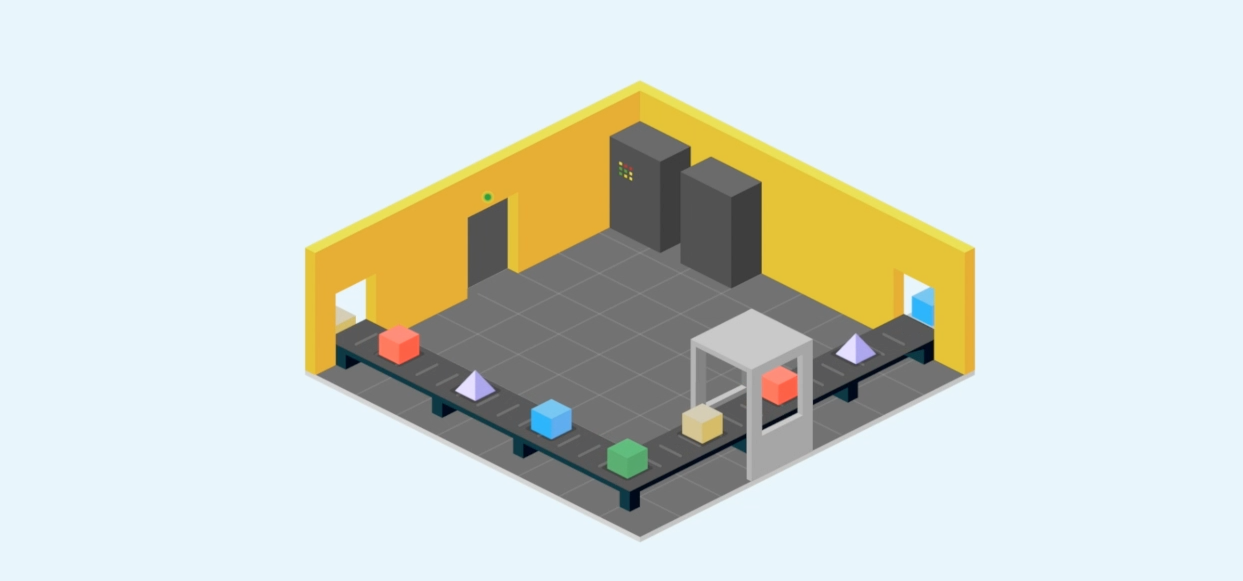
The things in the factory are all configured to generate or react to events in the factory, and these are orchestrated by the SPARKL Sequencing Engine on the Developer Console. It’s all about making sure things happen at the right time — through SPARKL’s Reasoned Provisioning.
For example:
When a purple pyramid - as opposed to a box - goes through the scanner on the conveyor belt, the scanner reacts by emitting a loud alarm and also triggering a yellow LED to light up.
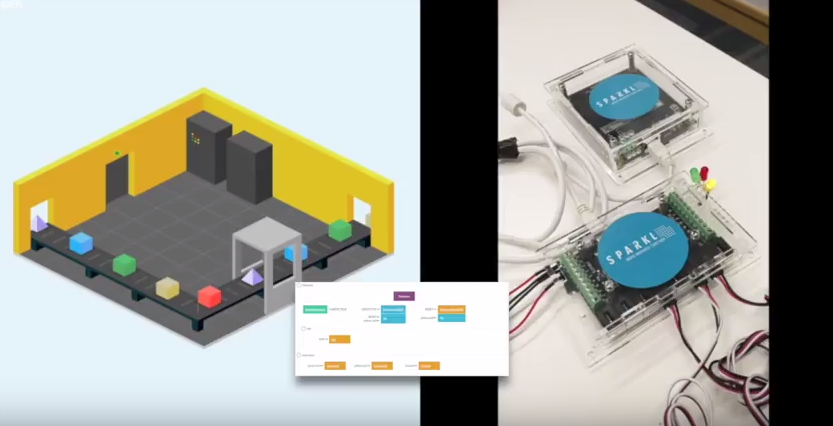
SPARKL is also able to recognise the right RFID card so that the “right” person enters the factory. Here, a green LED lights up and the factory door slides open.
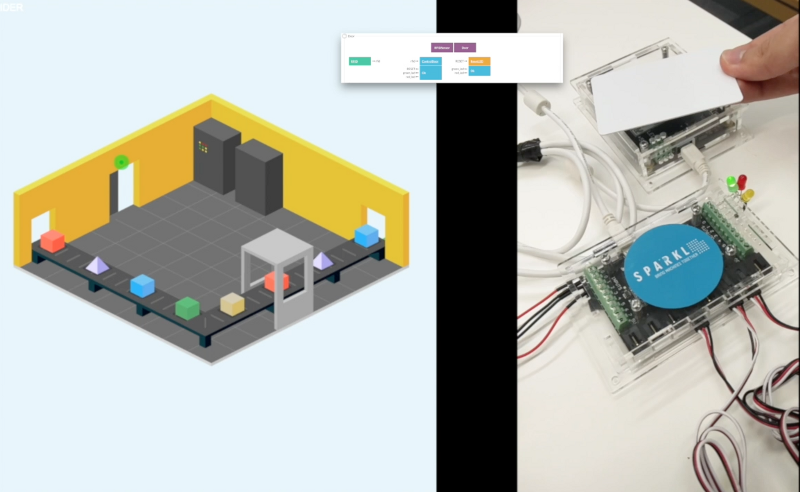
But if someone with the wrong card tries to get in, a red LED is triggered and the door stays firmly shut.
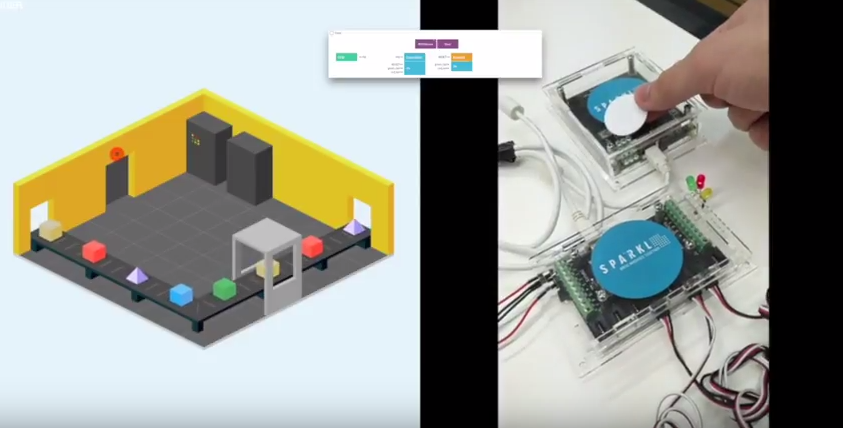
SPARKL is powerful technology for managing the behaviour of distributed systems. The lightning fast, distributed SPARKL Sequencing Engine drives events between machines, applications and things.
Image courtesy of Computer Weekly